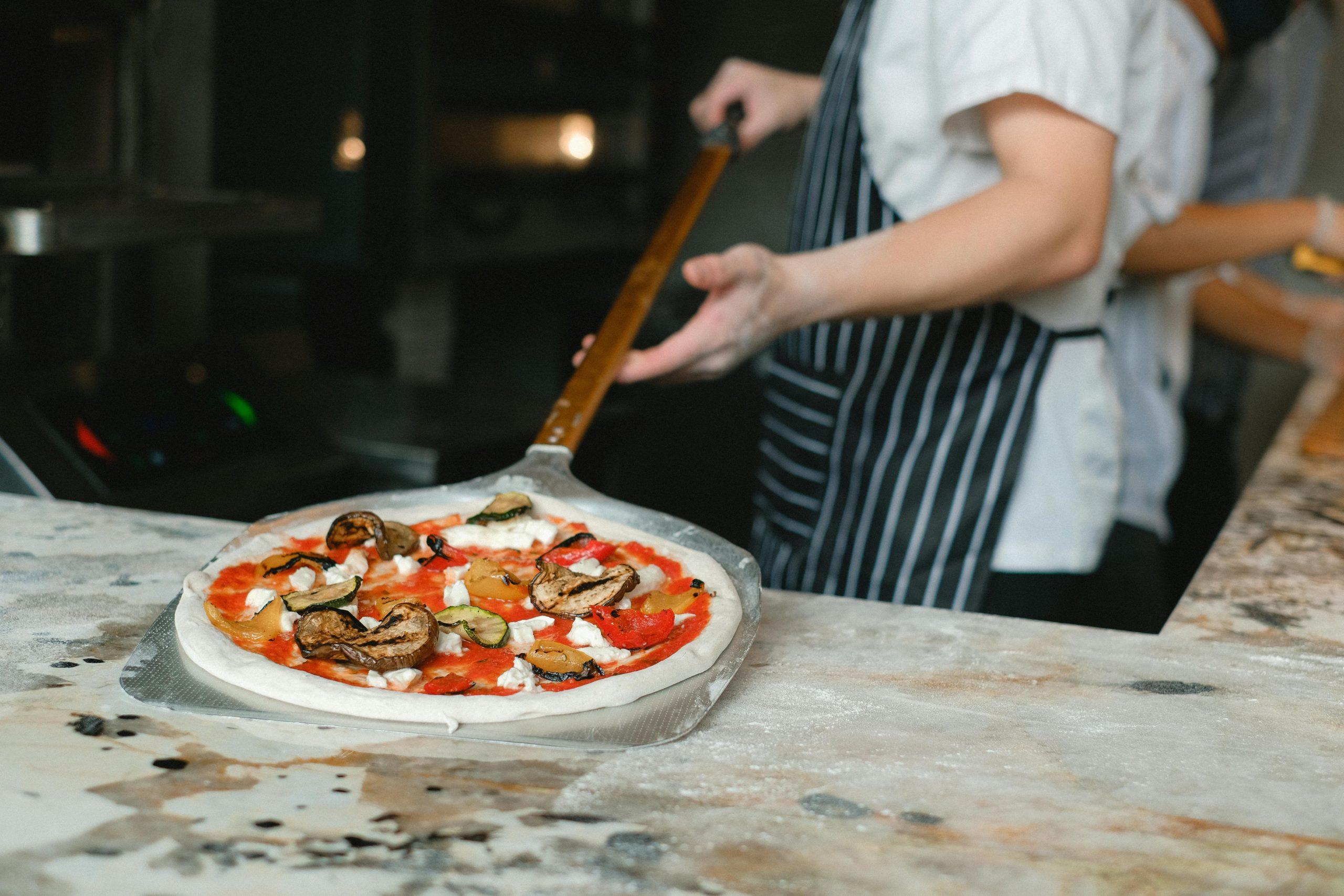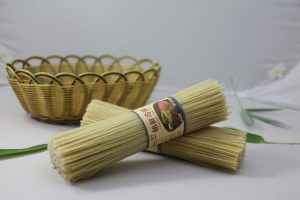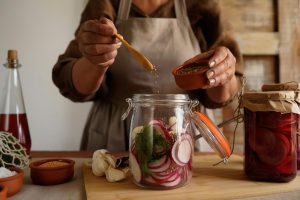Food and Science: Molecular Gastronomy for Home Cooks
When it comes to cooking, we often focus on the aesthetics and flavors of a dish, but have you ever considered the science behind it? Enter molecular gastronomy, a culinary discipline that combines the principles of chemistry, physics, and biology to transform ordinary ingredients into extraordinary dishes. While this may sound intimidating, molecular gastronomy is not just for Michelin-starred restaurants – even home cooks can delve into this fascinating world of food and science. In this article, we’ll explore the basics of molecular gastronomy and how you can incorporate it into your home cooking. Whether you’re an amateur cook or a seasoned pro, get ready to take your dishes to the next level with molecular gastronomy.
What is Molecular Gastronomy?
Molecular gastronomy, also known as “culinary physics,” is a branch of food science that studies the physical and chemical changes that occur during cooking. It was introduced in the late 1980s by the French chemist Hervé This and Hungarian physicist Nicholas Kurti, who aimed to debunk traditional cooking practices and create new techniques based on scientific principles.
The basis of molecular gastronomy lies in understanding the chemical composition and behavior of food. This involves investigating how ingredients react to different cooking methods, temperatures, and other variables. By understanding these reactions, chefs can create new textures and flavors, transforming traditional dishes into creative and innovative culinary experiences.
Basic Principles of Molecular Gastronomy
Temperature
One of the fundamental principles of molecular gastronomy is the study of temperature and its effect on food. Different cooking techniques, such as sous vide, use precise temperature control to achieve desired results. For example, by cooking a steak at a low temperature for a longer time, the meat becomes tender and juicier compared to traditional high heat cooking methods.
Phases of Matter
Molecular gastronomy takes into account the different phases of matter – solid, liquid, gas – and how they affect the texture and flavor of food. This is why chefs use techniques like foam, emulsions, and gels to create unique textures and presentations in their dishes.
Chemical Reactions
Food is made up of various chemical compounds that interact with each other when heat, cold, or other substances are introduced. By understanding these reactions, chefs can manipulate the taste, texture, and appearance of food. For example, the Maillard reaction, which happens when heat is applied to sugars and proteins, is responsible for creating the crust on bread or the golden brown color on seared meat.
How to Incorporate Molecular Gastronomy into Your Home Cooking
You don’t need fancy equipment or a degree in food science to apply the principles of molecular gastronomy in your kitchen. With some basic knowledge and a few ingredients, you can add a touch of science to your cooking. Here are some tips to get you started:
Experiment with Different Techniques
Try incorporating techniques like sous vide, spherification, or foaming into your dishes. These techniques may seem intimidating, but with some practice, you can master them and add a unique touch to your cooking.
Think Outside the Box
Molecular gastronomy encourages chefs to think creatively and experiment with different flavor and texture combinations. Don’t be afraid to mix unconventional ingredients, use different cooking methods, or add a surprising element to your dish.
Learn the Science Behind Ingredients
To fully understand the impact of different cooking techniques, take the time to research and learn about the science behind ingredients. This will help you make informed decisions when experimenting with recipes.
Final Thoughts
Molecular gastronomy is much more than a trend – it’s a fascinating discipline that continues to challenge and revolutionize the way we approach food. By understanding the science behind cooking, we can create delicious and innovative dishes that push the boundaries of traditional cuisine. So next time you’re in the kitchen, why not add a little bit of science into your cooking? Your taste buds and dinner guests will thank you.











